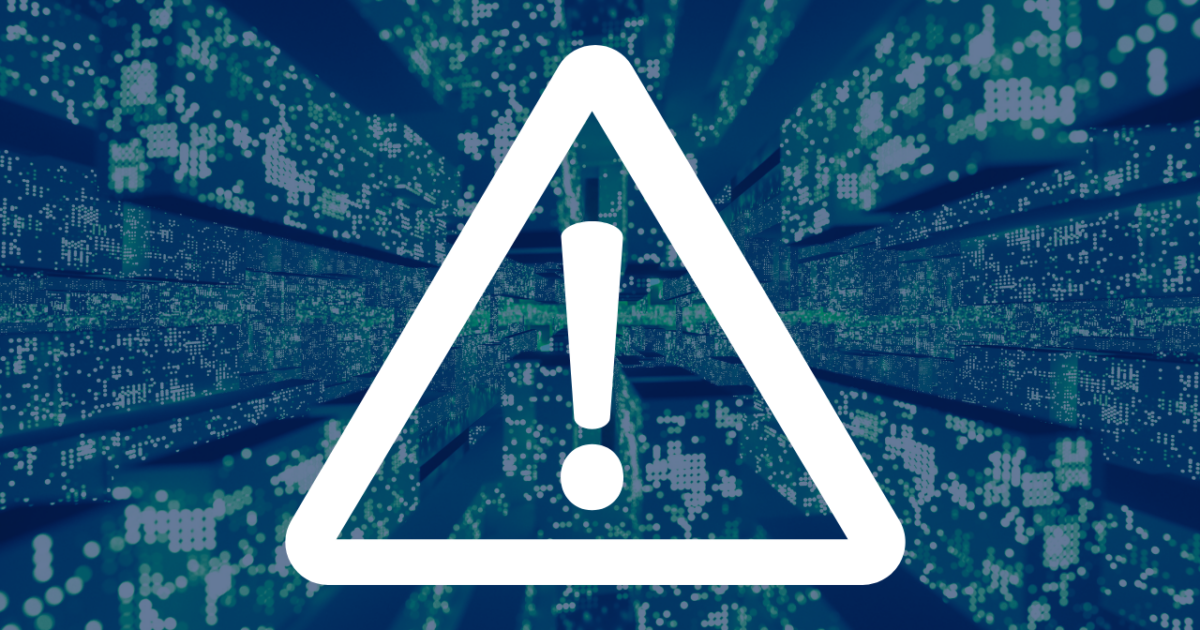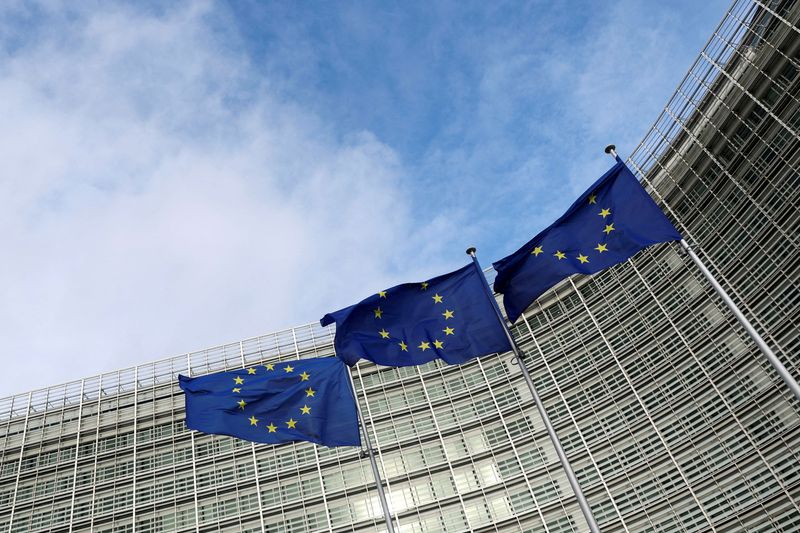Europe AI Regulations

The Europe AI Regulations have been finalized by policymakers and lawmakers, marking a significant step towards comprehensive oversight of artificial intelligence (AI) usage. These regulations, encompassing tools like ChatGPT and biometric surveillance, are set to come into force early next year with applicability beginning in 2026. The intricate details of the legislation will be refined in the coming weeks, and in the interim, companies are urged to voluntarily adopt an AI Pact, committing to essential rule obligations.
High-Risk AI Systems

The Europe AI Regulations regulatory focus is on high-risk AI systems, identified for their potential to pose significant threats to health, safety, fundamental rights, the environment, democracy, elections, and the rule of law. These systems are required to meet specific criteria, including undergoing a fundamental rights impact assessment and fulfilling obligations for market access in the EU.
AI systems with limited risks face minimal transparency obligations, such as using disclosure labels to signify AI-generated content, enabling user-informed decision-making.
Addressing AI in law enforcement, the legislation permits real-time remote biometric identification systems in public spaces for specific purposes, including identifying victims of crime and preventing terrorist threats. Such systems are also allowed in efforts to apprehend individuals suspected of serious offenses.
GPAI and Foundation Models Transparency Requirements

General Purpose AI Systems (GPAI) and foundation models are subject to transparency requirements, including technical documentation, compliance with EU copyright law, and detailed summaries about algorithm training content. High-impact GPAI and systemic risk foundation models must conduct evaluations, risk assessments, adversarial testing, report incidents, ensure cybersecurity, and provide energy efficiency reports until harmonized EU standards are established.
Prohibited AI applications include biometric categorization using sensitive characteristics, untargeted scraping of facial images, emotion recognition in workplaces and educational institutions, social scoring based on personal characteristics, and AI manipulating human behavior. Vulnerability exploitation based on age, disability, social, or economic situations is also forbidden.
Enforcement measures include fines ranging from 7.5 million euros (or 1.5% of global annual turnover) for smaller violations to a maximum of 35 million euros or 7% of global turnover for severe infringements.
Read More (AI)








